2024 Rural Cell Tower Lease Update – Steel in the Air
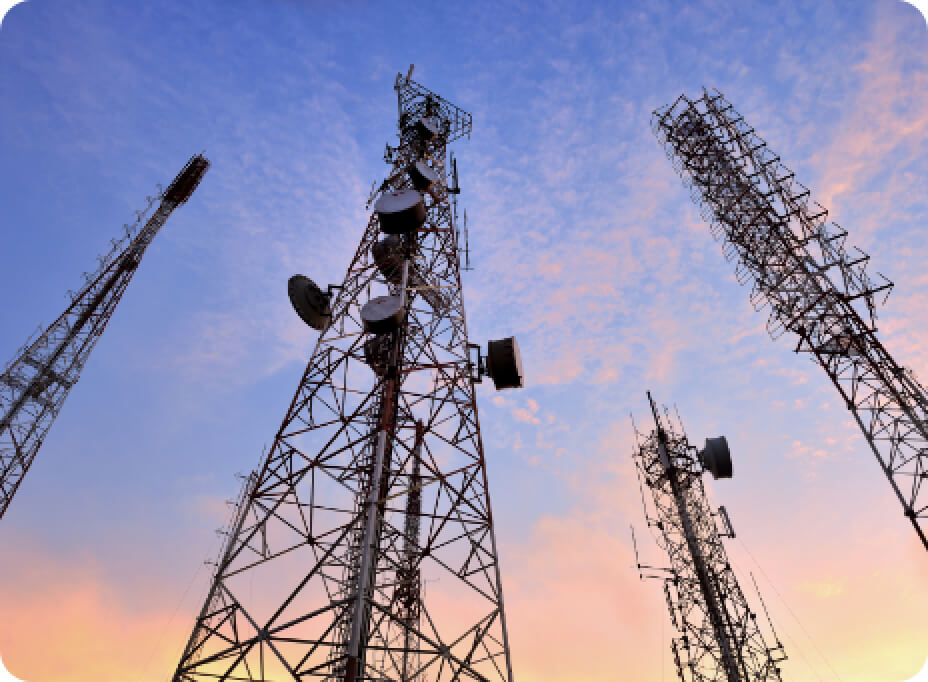
As we enter 2024, we thought it might be helpful to summarize what we have been seeing with new leases and existing leases in rural areas. Please do not contact us about how you can get a tower on your property; it is not something we do. Please see our article on How to Get a Cell Tower on Your Property for more details on how you can try to do it yourself).
Activity on New Cell Tower and Leases in Rural Areas
- Carrier Buildouts
In the last five years, there has been a decent amount of activity in building out rural areas with additional cell towers. The Big 3 wireless carriers (AT&T, T-Mobile, and Verizon) have all improved their coverage in rural areas.
AT&T: AT&T was awarded the FirstNet contract and recently announced the second large phase of expansion. FirstNet is a nationwide broadband network intended to assist first responders with wireless public safety communications. The FCC auctioned off spectrum that the winning bidder could use if they agreed to the following: (1) expanded network capabilities, especially in rural areas, and (2) priority access to the network by first responders. As a result, AT&T has been adding rural towers across the United States to meet their coverage requirements. AT&T was adding approximately 2,000–3,000 new cell sites per year, but in the last two years, they have slowed down significantly. We expect that AT&T/FirstNet will add 1,000 to 2,000 new cell sites per year in 2024 and 2025.
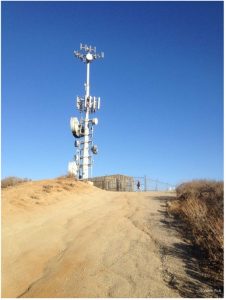 Verizon: In an effort to keep public safety users on their network, Verizon continued to build out rural areas with low-band spectrum and is densifying with mid-band spectrum to outpace AT&T. Verizon is the steadiest of the carriers in terms of new builds. Based upon inquiries so far in 2024, it looks like Verizon is going to be active this year.
Verizon: In an effort to keep public safety users on their network, Verizon continued to build out rural areas with low-band spectrum and is densifying with mid-band spectrum to outpace AT&T. Verizon is the steadiest of the carriers in terms of new builds. Based upon inquiries so far in 2024, it looks like Verizon is going to be active this year.
T-Mobile: Although it has slowed within the last three years, T-Mobile was aggressively building out new areas where they did not have coverage. T-Mobile’s coverage map is pretty similar to the other carriers now. However, that effort has slowed in the last two years as T-Mobile focused on deploying 5G across its network (75% complete) and integrating the Sprint network and towers into their own network.
- WISP Buildouts
Wireless Internet Service Providers (WISP) have been active in the last few years in deploying broadband to underserved areas, i.e., those neglected by the Big 3 wireless carriers. Currently, there are 2,800+ WISPs in the United States. These WISPs collectively serve over seven million subscribers across the US. Compare that to AT&T, which serves 196 million wireless subscribers across the US. WISPs lease space on towers as well.
- Tower Company Buildouts
In 2023, we estimate that tower companies and wireless carriers will have built approximately 4,000 new cell towers in the United States. In most cases, carriers and WISPs need new towers to provide service to more rural areas. They either self-perform (build the towers themselves) or they use third party tower companies to build the towers for them. The industry calls this “build-to-suit.” There are a few hundred small and mid-size private tower companies that build towers for carriers. Here is a list of the biggest cell tower companies in the US.
In the last 5 or so years, we have seen a new breed of tower company emerge. These tower companies focus on building new towers near existing towers. The objective is to relocate wireless carriers that are paying high rents on the existing towers to the new towers for a reduced rent. This is known as “overbuilding” or “build-to-relo” tower development. The largest of these tower developers is Tillman Infrastructure, which has built more than 1,500 “build-to-relo” towers near existing public tower company towers. Most of these “build-to-relo” towers have been built in rural areas.
- Fixed Wireless
Fixed wireless is the use of wireless service to provide broadband to the home. Both cellular providers and WISPs provide fixed wireless service. Fixed means that the connection to the home or business is fixed—it does not move. Typically, an antenna is required on the consumer end to connect to the tower. The antenna can be added to a roof or a window. The wireless carriers also offer fixed wireless broadband in areas where their network has additional capacity.
Collectively, there are approximately 6 million people using fixed wireless access. 90% of all new broadband subscriptions are fixed wireless.
Click the links below if you want to see who has fixed wireless internet in your area (note that we have no affiliation with any of these entities or services):
- AT&T: https://www.att.com/internet/fixed-wireless/
- T-Mobile: https://www.t-mobile.com/home-internet
- Verizon: https://www.verizon.com/home/lte-home-internet/
- Others: https://broadbandnow.com/
- What This All Means:
The net result of all this activity is as follows:
- There are more towers in rural areas.
- Some rural landowners are being approached for new towers.
- Rural residents typically have access to better and possibly cheaper wireless broadband services than before.
Activity for Existing Cell Tower and Leases in Rural Areas
Next, we examine what is happening with existing cell towers.
- Rural Expansion is Good for Existing Towers
The rural expansion mentioned above is positive for most landowners with existing towers on their property. Wireless carriers and WISPs alike prefer collocation on existing towers first. Collocation is when a carrier leases spaces on a tower from the tower company to install their equipment. There is a direct correlation between the value of a ground lease and the number of carriers on the tower. Towers with more carriers tend to have more valuable ground leases.
- Build to Relocate Is Not Good for Existing Tower Leases
In rare cases, though, some rural landowners are losing their tower leases due to “overbuilding.” When a build-to-relo tower company builds a new tower next to an existing tower, if all the wireless companies move to the new tower, the owner of the existing tower will terminate their lease. Unfortunately, by the time a new tower is built near an existing tower, there isn’t much the landowner under the existing tower can do.
- Rural Cell Tower Leases Signed in the 1990s and Early 2000s are Expiring
For some of the earlier towers built in rural areas, the original leases are near expiration. The typical cell tower lease lasts 25 years, and there were a lot of towers built in the late 90’s and early 00’s that are now coming up for expiration. Landowners under these towers are likely getting a number of calls and inquiries about extending these leases from the tower owner. We have found that lease rates for expiring leases are typically higher than lease rates for new leases. Thus, what you negotiated 25 years ago does not need to be what you accept today. This is especially true with rural leases. On proposed leases, the value is generally what your neighbor will accept. With expiring leases, the tower owner would have to pay for an entire new tower, which can easily exceed $400,000 or more. Thus, most landowners in rural areas with expiring cell tower leases are in a better position at expiration to negotiate than when they originally signed the lease.
- Cell Tower Lease Buyout Valuations are High!
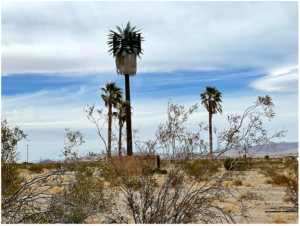 Most landowners with cell tower leases (rural or urban) have also received offers from multiple companies to buy their leases. Over time, these offers have continued to increase. Offers in the first half of 2023 were higher than at any point in the past. Offers are consistently exceeding 19 times the current annual rent from the cell tower lease. For example, if your lease currently pays $10,000/year, companies are willing to buy the lease for $190,000 or more. That doesn’t necessarily mean that landowners should sell their leases, though. In late 2023, though, offers started to decline. However, simultaneously, we also feel more secure about the longevity of most cell tower leases. Thus, the decision to sell should be one that is based on what is best for you in the long term, whether that means keeping the revenue stream or selling the lease for a lump sum.
Most landowners with cell tower leases (rural or urban) have also received offers from multiple companies to buy their leases. Over time, these offers have continued to increase. Offers in the first half of 2023 were higher than at any point in the past. Offers are consistently exceeding 19 times the current annual rent from the cell tower lease. For example, if your lease currently pays $10,000/year, companies are willing to buy the lease for $190,000 or more. That doesn’t necessarily mean that landowners should sell their leases, though. In late 2023, though, offers started to decline. However, simultaneously, we also feel more secure about the longevity of most cell tower leases. Thus, the decision to sell should be one that is based on what is best for you in the long term, whether that means keeping the revenue stream or selling the lease for a lump sum.
Conclusion
Generally, wireless providers and WISPs will continue to build in rural areas, improving the availability and reducing the cost of wireless broadband and mobile service. Further, cell towers and cell tower leases are here to stay. They remain desirable additions to property and add value to the land. If you need assistance with a proposed lease or an existing lease, please don’t hesitate to contact Steel in the Air. As a reminder, we are unable to help you get a new lease on your property or find new revenue sources for your existing lease, no matter how great of a location you have.





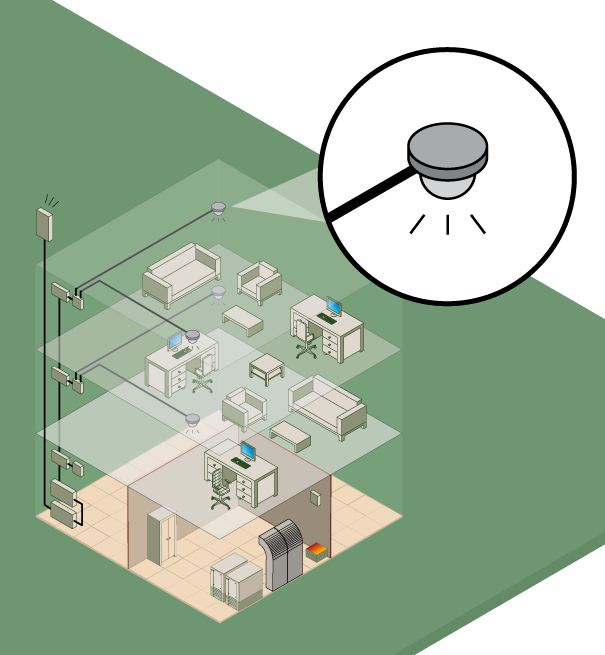





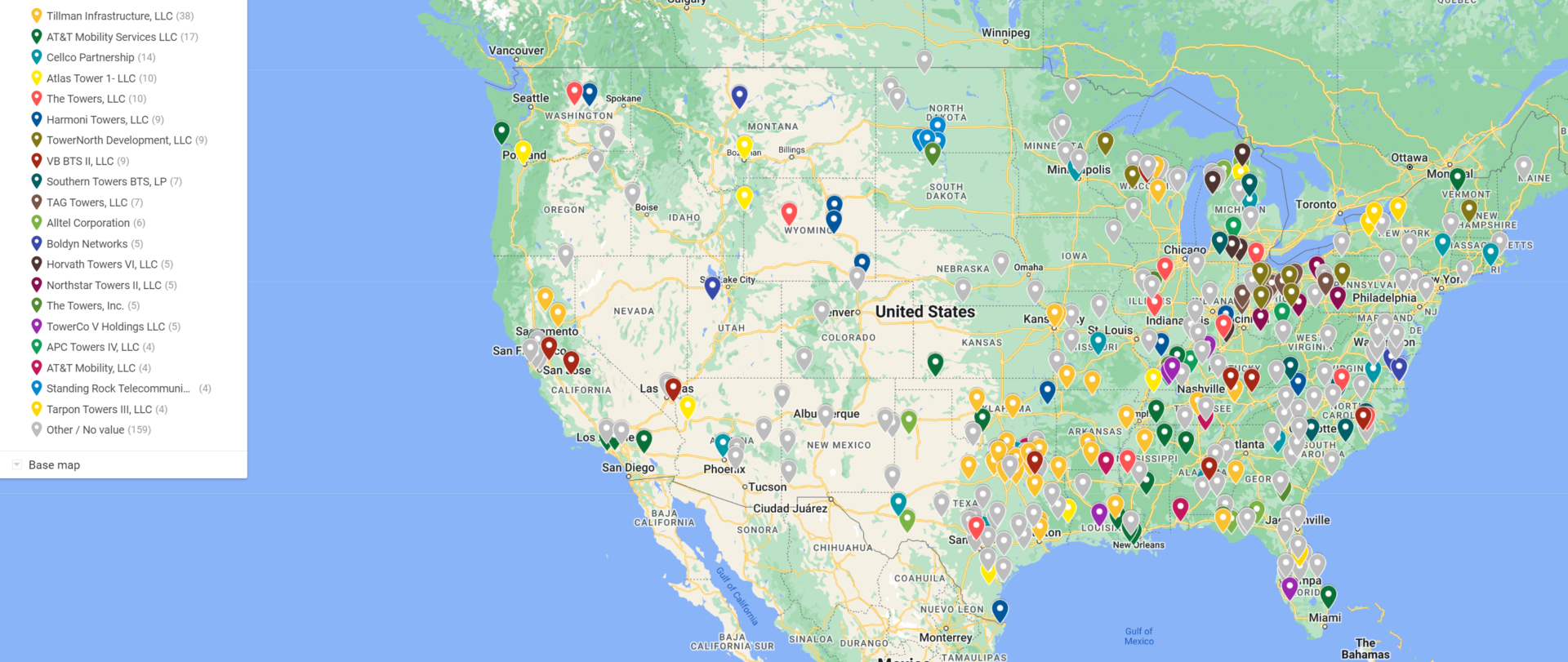
2 thoughts on “2024 Rural Cell Tower Lease Update – Steel in the Air”
We are having a major problem in Pickens County , Alabama zip code 35466. I am a property owner, I would like information on leasing; so we can get better services for our community. I cannot not get a dial most of the time, and the hot spot will not work properly. Thank you for a favor reply.
Mary- sorry- but we can’t help you get a tower on your property or the area. Please see How to Get a Cell Tower On Your Property